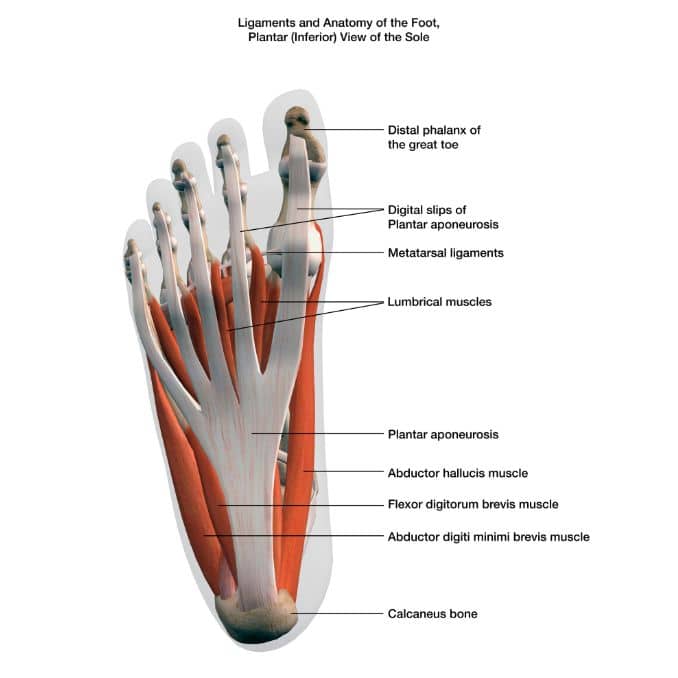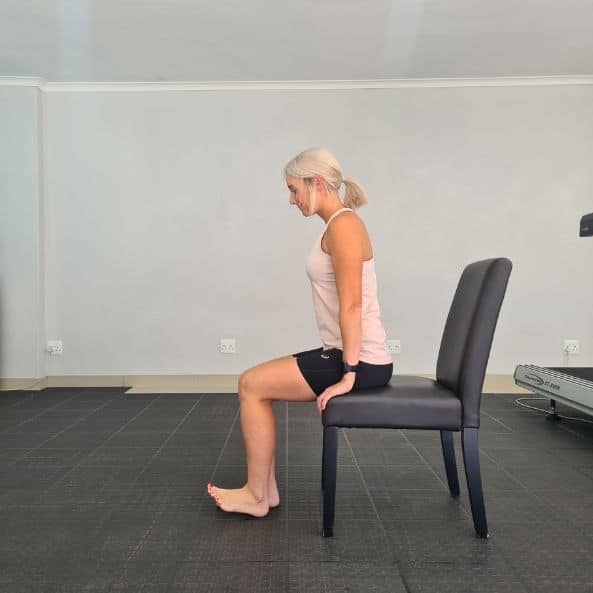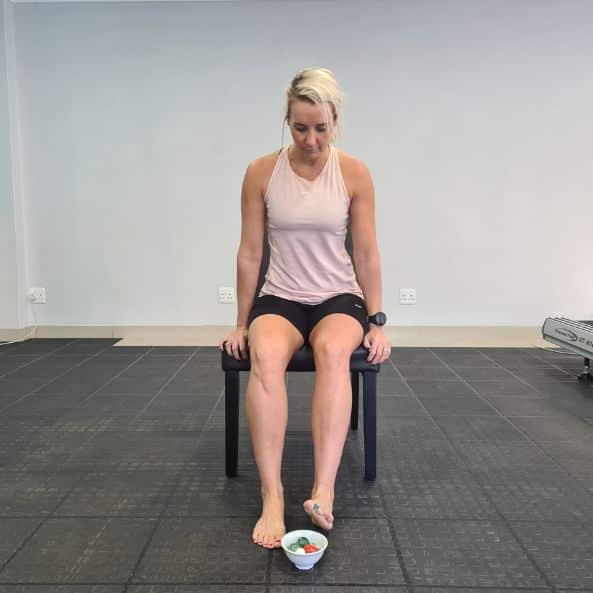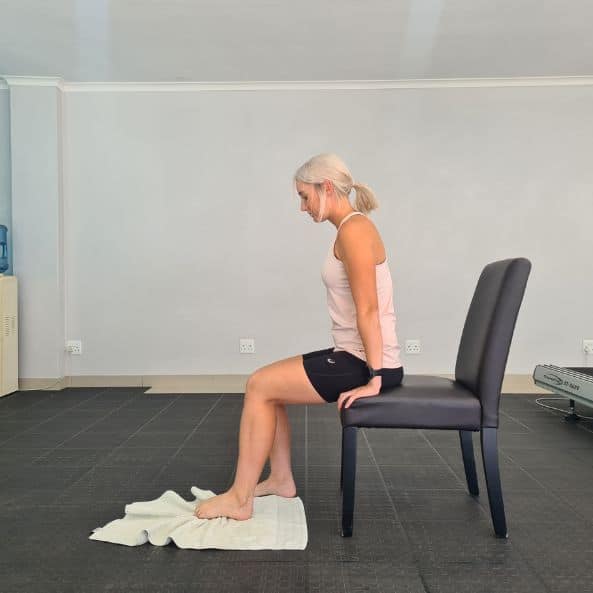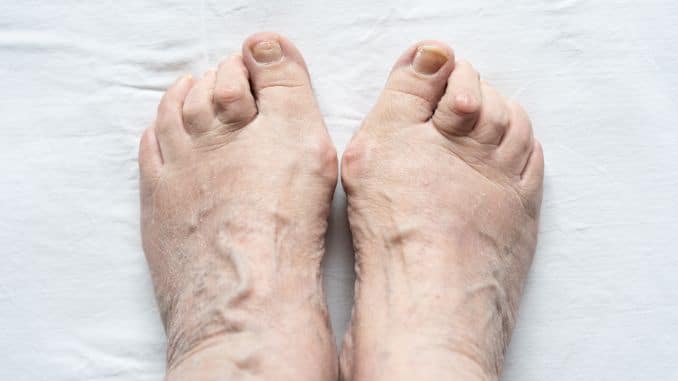
Hammer toes are a common forefoot ailment. They are also known as claw toes, mallet toes, hyperextended toes, or retracted toes. Exercises for hammer toes can be beneficial in treating this condition. If you have this, the bones in your toe might be misaligned from how they should be, and the pressure on the muscles can make walking or wearing shoes uncomfortable and painful.
You’ll want to ensure that you get the right treatment for hammertoe. There are plenty of ways to relieve pain and prevent a hammertoe from returning. We’ll explain what hammertoe is, its causes, and treatments, with a focus on the importance of incorporating exercises for hammer toes into your management plan for optimal results.
What is a Hammer Toe?
A hammer toe is a term used to describe an abnormal foot condition that causes the middle joint of the toes to bend, leading them to look like hammers. This condition most commonly occurs in the second, third, and fourth toes.
This condition can be present at birth or develop over time due to arthritis, wearing pointed high heels, or simply not wearing shoes that fit. There are two types of Hammer’s toes:
1. Flexible Hammertoes
This is a less severe form of hammer toe as you still can move your toes at their joint. Non-surgical treatments such as foot orthoses and toe stretching and strengthening exercises for hammer toes could be recommended to relieve pain and other symptoms.
2. Rigid Hammertoes
If your tendons, muscles, and other structures are tight or rigid, it will be difficult to move your toes at the joint. Eventually, this can cause other toes to bend out of place, too — this is a more serious form of hammertoes. Surgery is usually recommended to correct the alignment of the toes.
Anatomy of Foot
The foot is divided into three parts; the rear foot, midfoot, and forefoot. Hammertoes commonly affect the forefoot. The forefoot is composed of five toes. Each toe, except for the first, has three bones called proximal phalanx, middle phalanx, and distal phalanx. These bones articulate with each other by proximal and distal interphalangeal joints. The proximal phalanx and middle phalanx are connected by the proximal interphalangeal joint (PIP joint). At the same time, the middle phalanx and distal phalanx are connected by the distal interphalangeal joint (DIP joint).
Hammertoes happen when a chronic sustained imbalance between the flexion and extension forces is applied to the lesser toes. The cause can be internal, external, or both. These results in the middle joint, also known as the proximal interphalangeal joint (PIP joint), being bent.
Causes of Hammertoes
Several factors cause hammertoes. However, the leading cause of this condition is the prolonged usage of ill-fitting shoes. Shoes that are narrow on the tip tend to press the toes together where it is forced to be in a bent (flexed) position. Corns and calluses can also be developed on the bent toes as it touches and rubs against the top of the toe box (the part of the shoes where the toes are placed). Corns and calluses are hard and thick layers of skin formed to protect the area from too much pressure and friction. It’s the same with high-heeled shoes. Over time, the muscles weaken, become rigid and lose their ability to straighten the toes.
Other factors, which include anatomical problems such as having long second toes, bunions, and previous toe trauma, can increase the risk of developing hammertoes. When you have a second long toe, it is always forced to be bent to fit in the shoe. While having a bunion on your first toe may push your second toe into an inappropriate position and bending.
Medical conditions such as connective tissue disorders, neuromuscular diseases, and inflammatory joint diseases like arthritis and diabetes are also said to cause hammertoes.
What are the Symptoms of Hammertoes?
A person with hammer toes has one or more toes that are bent. They will have difficulty moving it and cannot straighten it out. Other symptoms also include:
- Pain in your affected toe/s upon movement or wearing shoes
- Callus formation on top of the middle joint of your toe
- Inflammation and swelling
- Difficulty with walking, running, and more
- Limited motion of your affected toe/s
- In rare cases, the presence of open sores
Diagnosis
Usually, doctors or any healthcare provider can easily distinguish hammertoes when seen. But physical examinations and an X-ray will be conducted to assess the bones, muscles, and underlying structures in the forefoot. Other tests in patients with diabetes and other underlying conditions will be further done to rule out neurological disorders that may be causing the imbalances between tendons.
Treatment
If you have flexible hammertoes, a more appropriate shoe with room for toes and more comfortable footwear is recommended. Foot orthoses can also be used to reposition your toes. Physical therapy will also focus on stretching and strengthening the toes.
On the other hand, if you have rigid hammertoes, surgery will be suggested to realign your toes. Here are several surgeries that could be done for hammertoes:
- Arthroplasty
In this surgical procedure, the surgeon will remove a part of one of the toe bones, such as the phalangeal head, so that it can lie flat. It is also called Phalangeal Head Resection.
- Arthrodesis
The surgeon will take out the whole joint on your bent toe and then inserts a wire to help straighten it while it heals.
- Tendon Transfer
In this procedure, the surgeon will reroute a tendon from under the bent toe to a new path on top of it so that instead of pulling it to bend, it will be like an opposite force that helps straighten the toe.
- Basal phalangectomy
In this procedure, the surgeon will remove the base of the bone below the bent toe or affected toe.
- Weil osteotomy
The surgeon will shorten a certain bone in your foot and then puts screws in them to realign them.
Exercises for Hammertoes
Stretching Exercises to Improve Flexibility and Mobility
1. Toe Lift
Sit with both of your feet flat on the floor. Lift your toes in one or both feet as high as you can. Hold for 7 seconds, then lower them. Do these exercises for hammer toes 10 times, 1-2 sets.
2. Toe Lift Modification
Sit with both of your feet flat on the floor. Lift your toes in one or both feet as high as you can, then spread your toes as far away as possible from each other. Hold for 7 seconds, then lower them. Do these exercises for hammer toes 10 times, 1-2 sets.
 |
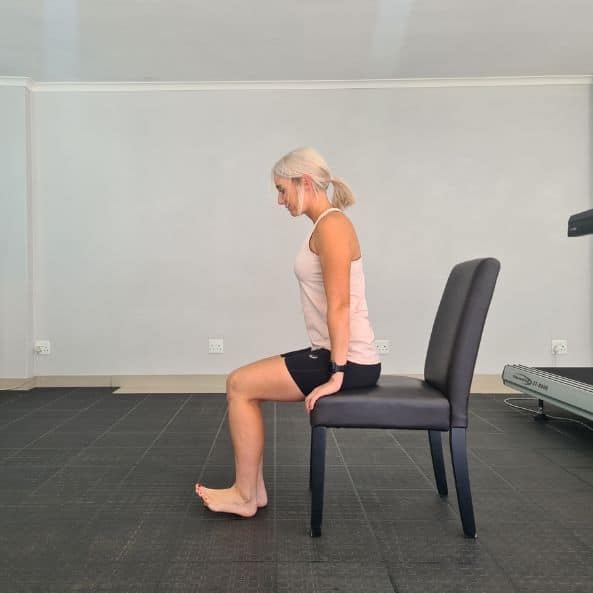 |
3. Toe Flex
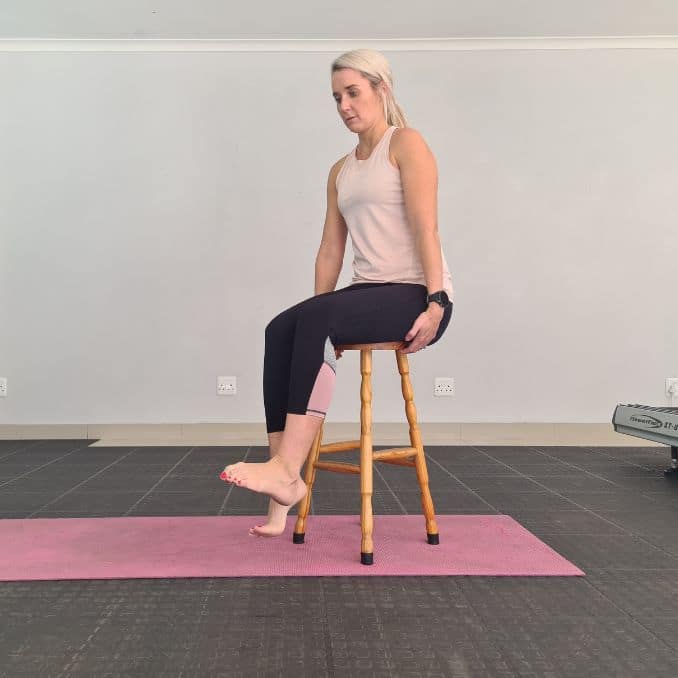 |
 |
Sit with both of your feet hanging in the air comfortably. Then flex or bend your toes on both feet. Hold for 7 seconds, then lower them. Do this 10 times, 1-2 sets.
4. Big Toe Pull
Sit with both of your feet flat on the floor. Wrap a towel or belt around your big toe only. Then pull the towel or belt towards you until you feel a gentle stretch on your big toe. Hold for 7 seconds, then lower them. Do this 10 times, 1-2 sets.
5. Lateral Toe Stretch
Sit with both of your feet flat on the floor. Point your toes up, then move them to the left. Hold for 7 seconds, then lower down. Repeat the process, but this time, move your toes to the right. Hold it again for 7 seconds, then lower down. Do this 10 times, 1-2 sets.
Strengthening Exercises
1. Marble Pick-up
Sit with both of your feet flat on the floor. Place a cup or small bowl in front of you, then spread the marbles on the floor where your feet can reach them. Start the exercise by picking up the marbles on the floor using your toes one by one, then put them in the cup or small bowl.
2. Toe scrunch/curl
Sit and place a towel or cloth underneath your feet. Try to pull the towel or cloth towards you by scrunching/curling your toes on one foot first. Repeat on the other foot. Do this 2 times.
Takeaway
There are a few things you can do to alleviate the symptoms and avoid complications of hammertoe. Maintaining good hygiene by keeping your toes clean and dry is one of the most important ways to prevent infections. In addition, you can use certain products to soothe discomfort, such as an ointment with urea to moisturize dry skin. Stay away from shoes that squeeze your toes together, and wear shoes that fit comfortably. If these remedies do not treat hammertoes, consult a doctor for possible surgery and other forms of treatment.

